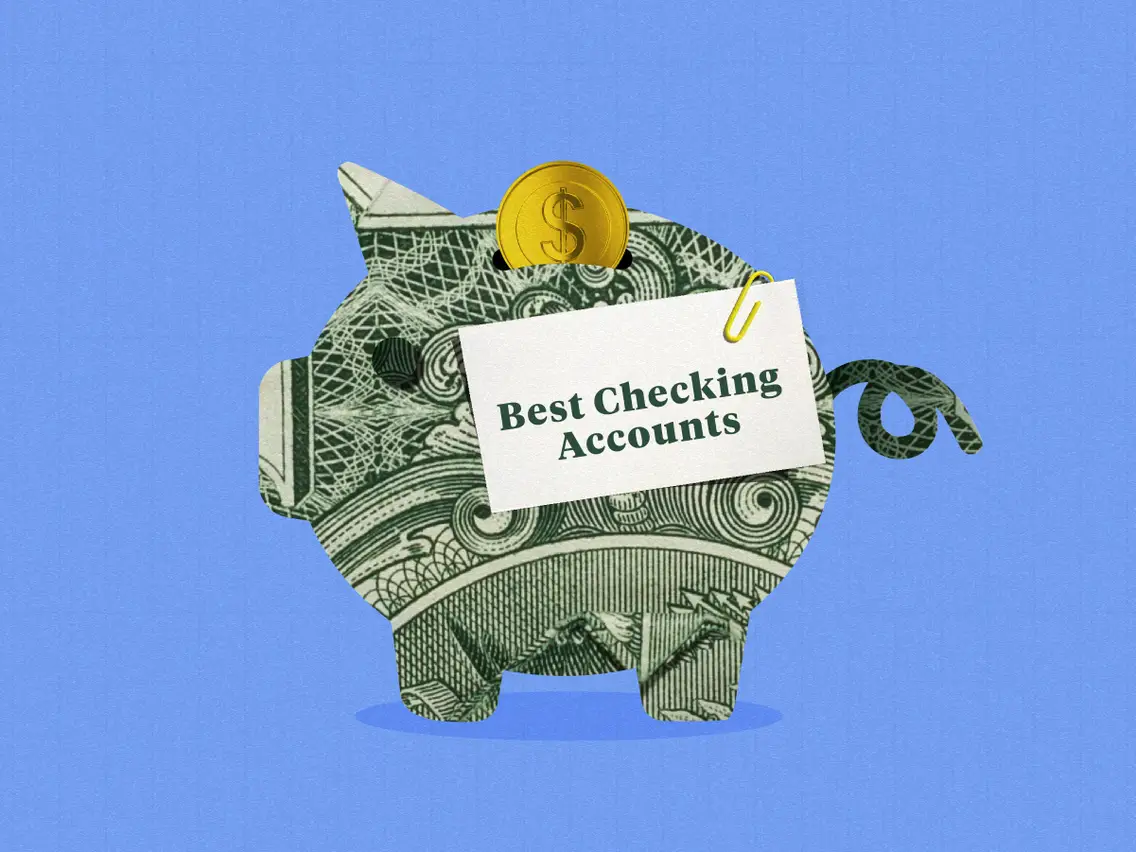In today’s fast-paced financial world, the term “interest rate war” has become more relevant than ever. Understanding how these changes influence your investments and debts is crucial for making informed financial decisions. The Fed’s interest policies wield immense power over global markets, often dictating the flow of investments and the affordability of borrowing. Let’s delve into how these critical decisions can affect your financial landscape.
Anúncios
Understanding the Federal Reserve’s Role

The Federal Reserve, often referred to as the Fed, plays a pivotal role in the U.S. and global economy. As the central bank of the United States, the Fed is responsible for setting short-term interest rates, striving to balance economic growth with inflation control. When the Fed alters its rates, every corner of the economy feels the impact.
Investors, businesses, and consumers react to these shifts, as they can affect everything from stock market performance to mortgage rates and savings account returns. Understanding the Fed’s actions can provide valuable insights into future market movements and help you make more strategic financial choices.
How changes in interest rates affect loans
Adjustments in interest rates have a direct impact on various types of loans consumers rely on. When the Fed increases rates, borrowing becomes more expensive. Loans with variable interest, such as credit cards and adjustable-rate mortgages, are typically the first to reflect these changes. As a result, monthly payments for these liabilities can rise, squeezing household budgets and potentially curbing spending. Conversely, when rates are lowered, loans become cheaper, making it an opportune time for refinancing or taking on new credit..
Navigating mortgage rate volatility
Mortgage rates are particularly sensitive to the Fed’s interest rate decisions. When the Fed raises rates, mortgage lenders typically follow suit, making new home loans more expensive. Even small hikes can significantly impact the total cost of home ownership over time.
For those looking to buy a home, it’s essential to keep an eye on the Fed’s announcements and forecasts. Preparing to act quickly when rates are favorable can save potential homeowners thousands in interest payments. By understanding the timing and reasoning behind Fed decisions, borrowers can better manage the complex process of securing an affordable mortgage.
Impact on investments and savings
Interest rate changes profoundly influence the investment landscape as well. When rates increase, bonds often become more attractive, offering higher returns. However, higher rates can also lead to decreases in stock market valuations, as investors may shift away from equities to more secure and now higher-yielding bonds.
Savers might benefit from higher rates as savings accounts and certificates of deposit (CDs) start offering more attractive returns. Investors should carefully consider rebalancing their portfolios to protect against potential losses and capitalize on new opportunities that arise with these changes in the economic environment.
Exploring stock market reactions
The stock market is notoriously sensitive to changes in interest rates. When the Fed signals a rate hike, stocks often become more volatile. This instability is driven by fears of rising borrowing costs for companies, which can hurt profits and lead to lower stock prices. However, the effect isn’t uniform across all sectors.
Financial stocks, for instance, might benefit from rising rates, as they can charge more for loans. Conversely, heavily indebted companies might struggle. Investors need to assess the sectors in their portfolios and consider diversifying to protect against rate-driven volatility, aligning with sectors that might thrive in a higher interest rate environment.
Strategies for investors amid rate fluctuations
To navigate the complexities of an ever-changing rate environment, investors should employ a few key strategies. Diversification is crucial; by spreading investments across various asset classes, investors can reduce exposure to interest rate swings. Considering inflation-protected securities, which adjust with inflation, can also be wise.
Additionally, maintaining a portion of the portfolio in liquid assets allows for swift reallocation if market conditions change rapidly. Successful investors stay informed and flexible, ready to adapt their strategies as the market evolves. Continuous education about economic indicators and Fed announcements can further bolster an investor’s ability to thrive regardless of the rate climate.
In summary, the Fed’s decisions on interest rates carry significant implications for both borrowers and investors. By understanding the mechanics of these changes, individuals can make more informed decisions regarding their debts and investments. Staying aware of economic trends and being prepared to adjust strategies accordingly will empower individuals to navigate these shifts with confidence. The ongoing interest rate battle isn’t just a distant financial reality; it’s a dynamic force shaping every aspect of personal finance today.



